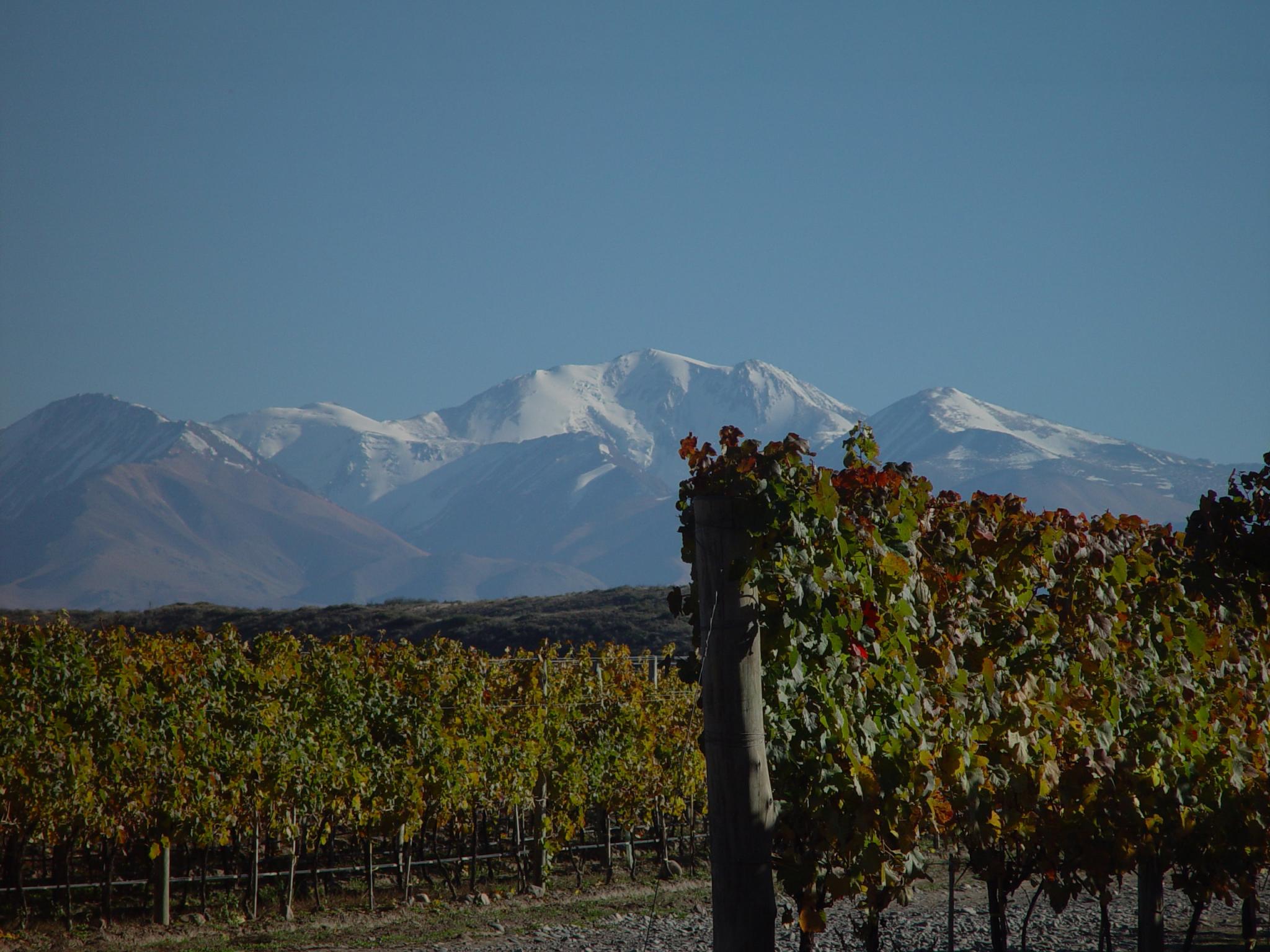CARO

The vintage
This vintage 2022 was a relatively dry vintage with an easy going season which helped to achieve the characteristic expression of Mendoza's high altitude vineyards. Bud break took place early October, as usual, and so did flowering in the second half of November. In the Uco Valley area, the harvest began with Malbec on March 21 and ended with Cabernet Sauvignon on April 7. Average temperatures were above historical average temperatures from September to February and slightly below in March and April. Regarding rainfall, they were lower than the historical averages for the vegetative period. These conditions allowed us to obtain healthy grapes with the ideal ripeness.
Location
Nestled at the foothills of the snowcapped Andes mountains, Mendoza is known as the best wine producing region in Argentina. With vines planted on high plateaux between 800 and 1600m above sea level, Mendoza’s vineyards are amongst the highest in the world. Sheltered from the rain by the mountains to the West and the Pampa to the East, the region is very arid. Mendoza wines draw their character from an exceptional sun exposure and wide temperature variations between night and day.
Terroir
CARO vineyard comprises a plot of 8ha located in Altamira, in the Uco Valley, South of Mendoza. Vineyards are planted at 1100m above sea level, on the ancient alluvial bed of the Tunuyan River, and newer plots in Gualtallary at 1250m with alluvial soils, sandy with silt and calcareous on gravel and San Pablo at 1400m with alluvial sandy loam with silt shallow, stones in depth, presence of limestone.
Winemaking
CARO is made with the utmost care, just like our Bordeaux Grands Crus. CARO grapes come from selected sections of rows where the soil is layered with calcareous deposits as well as limestone, remnants of a river which used to flow through Altamira, and from selected sites in Gualtallary and San Pablo. Grapes are carefully selected and hand harvested.
After destemming, they are placed in temperature controlled stainless steel vats for alcoholic fermentation. Maceration lasts for a period of 20 days with gentle pump-over to ease tannin extraction and fix the color. Malolactic fermentation occurs naturally in tanks, then about half the wine is transferred into French oak barrels made by the Tonnellerie des Domaines in Pauillac (18% new oak), 28% is placed in wooden vats and 25% in concrete vats for 11 months.
Grapes
Tasting
Deep black color with violets highlights.
The nose is complex, reveals aromas of black fruit, such as blackberries and black cherries, and figs on a background of mild spices and subtle cocoa notes.
On the palate, the wine is dense and velvety, supported by fleshy and powerful tannins. The range of aromas gradually reveals itself, leading to an extremely flavorsome finish. A very balanced wine that expresses itself with subtlety.
Downloads

